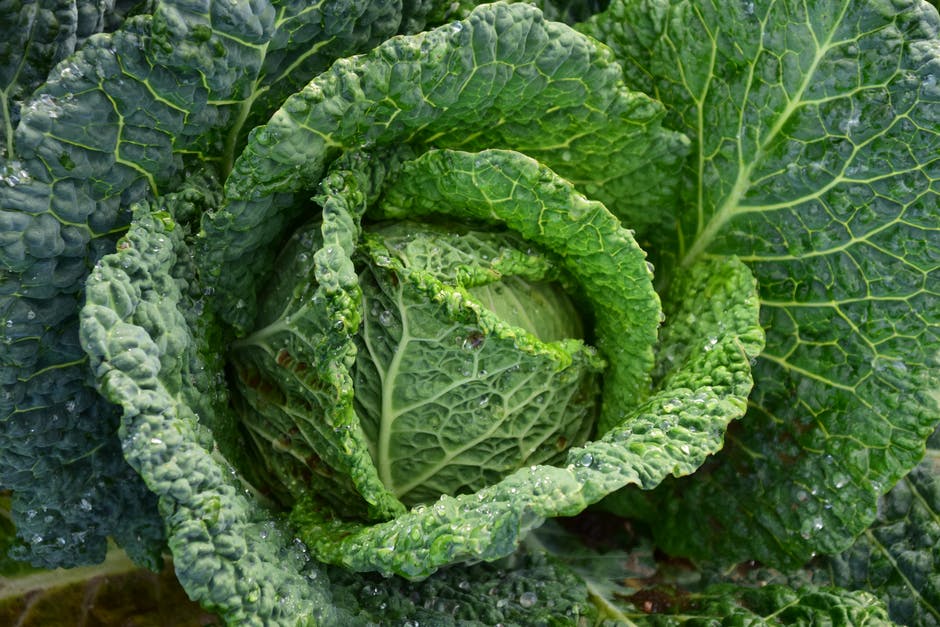All about cabbage that you should know
Cabbage/Patta gobi
Cabbage (Brassica oleracea var. capitata) from the Brassicaceae family is an important vegetable worldwide. It grows extensively in more than 90 countries, such as coastal regions of southern and western Europe. Records show that the Ancient Greeks, Romans, Indians and Chinese all valued and used the Cabbage greatly. Cabbage is an all season vegetable, meaning it is available in the market throughout the year. This vegetable comes in different varieties such as red, green, white and purple.
It shows anti-diabetic, antioxidant, hypolipidemic, antihyperglycemic, Cardioprotective and Anti-cancer property.
Click here for more information about Anti-oxidant and free radicals
Vitamin and mineral content
Vitamins : B1, B2, B3, B5, B6, B9, C, K
Minerals : Calcium, Iron, Magnesium, Sodium, Potassium, Zinc, Phosphorus, Manganese
• Bioactive compounds with pharmacological properties, such as luteolin, myricetin, quercetin, and polyphenols.
• The phytochemical such as alkaloids, glycosides, steroids, flavonoids, saponin, tannin, terpenoids and phytosterols were present which increases the medicinal potential of Red cabbage and thus can be used for the treatment of various diseases.
• Red cabbage contains powerful compounds called anthocyanins. They give this delicious vegetable its vibrant purple color.
• Raw cabbage is a rich source of vitamin C and vitamin K, containing 44% and 72%, respectively.
• Both green and red cabbage are excellent sources of this potent antioxidant, red cabbage contains about 30% more.
• It contains large amount of Vit.C and Vit.K
• It contains phytochemicals like thiocyanates, indole-3-carbinol, lutein, zeaxanthin, sulforaphane, and isothiocyanates.
Uses, application and benefits of Cabbage
1) It is used to alleviate symptoms associated with gastrointestinal disorders (gastritis, peptic ulcers, and irritable bowel syndrome) and idiopathic cephalalgia as well as treat injuries.
- Due to its antioxidant and anti-inflammatory properties, cabbage has been widely used as an herbal medicine to treat gastrointestinal disorders such as gastritis, peptic and duodenal ulcers, and irritable bowel syndrome, as well as wounds and mastitis.
2) Cabbage is very low in saturated fat and cholesterol, so it is good for reducing weight.
- if you drink or eat Cabbage juice on a daily basis helps to reduce weight and helps in elemination of waste from body.
3) To control high blood pressure, Cabbage is very effective. As it is potassium rich, it helps to reduce blood pressure.
4) Cabbage helps in avoiding anemia.
5) Cabbage helps dry up oily and acne skin. It is also healthy for hair and nails.
6) Cabbage leaves can help relieve the pain of a headache.
7) Diabetes can be controlled with Cabbage. It lowers blood sugar levels and boosts up insulin production.
8) Cabbage helps to prevent cancer, as per some research.
9) It gives protection to bones from degradation and general bone weakening.
10) Cabbage is helpful in increasing immunity and digestion.
11) Dietary cabbage has been reported to enhance the aromatic hydrocarbon hydroxylase (AHH) microsomal enzyme system and increase the rate of metabolism of certain drugs and to affect chemically-induced tumor formation.
12) Red cabbage has the highest amount of powerful nutrients, that help with mental function and concentration.
14) cabbage juice helps in flushing out toxins from the body. Thus it helps in detoxifying the body.
15) Excessive consumption of cabbage may lead to increased intestinal gas which causes bloating and flatulence due to the trisaccharide raffinose, which the human small intestine cannot digest, but is digested by bacteria in the large intestine.
16) Cabbage can be eaten raw, steamed, boiled, roasted.
17) It boosts immunity, because it contains large amount of Vit.C and Anti-oxidants.
Follow us
1) Instagram
2) Facebook
3) Pinterest
🙏🙏Subscribe and share for latest updates 🙏🙏
References :
1) Evid Based Complement Alternat Med. 2018; 2018: 2179021 ; PMCID: PMC6109504
2) Pharmacogn Mag. 2018 Apr-Jun; 14(54): 174–179. ; PMCID: PMC5909311
3) Sciencedirect.com
4) Journal of Medicinal Plants Studies 2016; 4(5): 196-199
5) PUBMED
6) Local tradition and knowledge
7) NCBI
8) Wikipedia
9) springer.com
10) Czech J. Food Sci. Vol. 32, 2014, No. 6: 549–554
11) Hindawi.com
12) Imeage source : Pinterest, pixels








Great Work Mr. Jawadwar👏👏🙌
ReplyDeleteNice
ReplyDelete����������
ReplyDelete